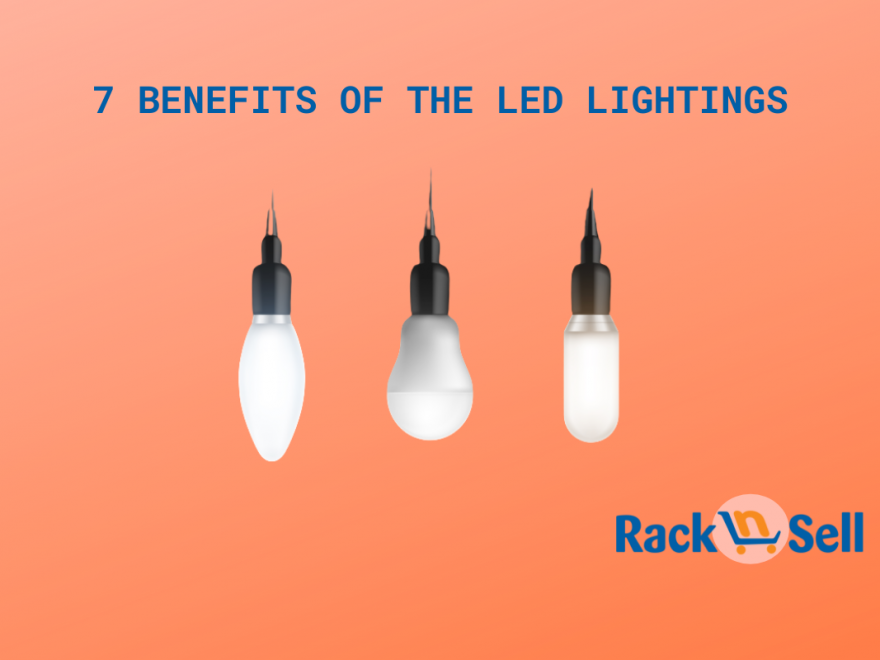We are familiar with the warm glow of traditional bulbs. These incandescent light bulb, incandescent lamp or incandescent light globe is an electric build with a wire filament heated until it glows. The filament is enclosed in a bulb to protect the filament from oxidation. The current is supplied to the filament by terminals or wires embedded in the glass.
90% of the energy used to light an incandescent bulb goes towards producing this heat.
Due to high energy consumption traditional bulbs are now replaced by energy-efficient alternatives like CFLs and LEDs. LED lights are extremely energy efficient and consume up to 90% less power than traditional light bulbs.
What is an LED?
“LED” stands for “light-emitting diode”. A light-emitting diode is a semiconductor light source that emits light when current flows through it. Electrons in the semiconductor recombine with electron holes, releasing energy in the form of photons.
All diodes emit photons (particles of electromagnetic energy), but only certain types of diodes emit that electromagnetic energy as light instead of heat. A light-emitting diode is a type of solid-state lighting (SSL) technology, meaning that it emits light from a piece of solid matter.
Benefits of LED Lights
LEDs offer many advantages over traditional light bulbs. Here’s what LEDs have to offer and what makes them so efficient:
1. Long life
The most significant advantage of LEDs when compared to traditional lighting solutions is a long lifespan.
The components of an LED and the way that they generate light significantly extend the lifespan of these lights. The average LED lasts 50,000 operating hours to 100,000 operating hours or more.
2. Energy efficiency
LED lights to use less electricity than traditional incandescent, fluorescent and halogen options, resulting in substantial energy cost savings, especially for spaces with lights that are on for extended periods. Because of their high lumen output per watt, LEDs are capable of turning about 70% of their energy into light.
3. High brightness and intensity
LED bulbs are capable of emitting an extremely high level of brightness.
4. Exceptional Colour Rendering Index (CRI)
LEDs have great ratings when it comes to CRI. A color rendering index is a quantitative measure of the ability of a light source to reveal the colors of various objects faithfully in comparison with an ideal or natural light source. Light sources with a high CRI are desirable in color-critical applications such as neonatal care and art restoration.
5. Low radiated heat
While a traditional incandescent bulb operates by heating its filament to the temperature that produces light, an LED bulb emits electromagnetic energy as light when electrified. By turning energy into light instead of heat, LEDs are able to operate at a significantly lower temperature than other types of light bulbs.
6. Environmental Safety
LEDs contain no mercury or other hazardous substances. LEDs do not have environmental issues common to traditional lighting solutions like fluorescent or mercury vapor lights. Both of these traditional solutions contain mercury internal to the bulb and thus require special handling at the end of the product’s useful lifespan.
7. Directional lighting capability
LEDs aim light in a specific direction unlike conventional bulbs, which emit light and heat in all directions. LEDs are mounted on a flat surface; they emit light hemispherical rather than spherically. This directional lighting capability reduces wasted light and energy.
At RacknSell we are well aware of the new trends in lighting and to meet up with the needs of buyers, we have sourced lighting products from the leading brands in the market. Light up your offices. Home and buildings with lighting solutions from Racknsell.

